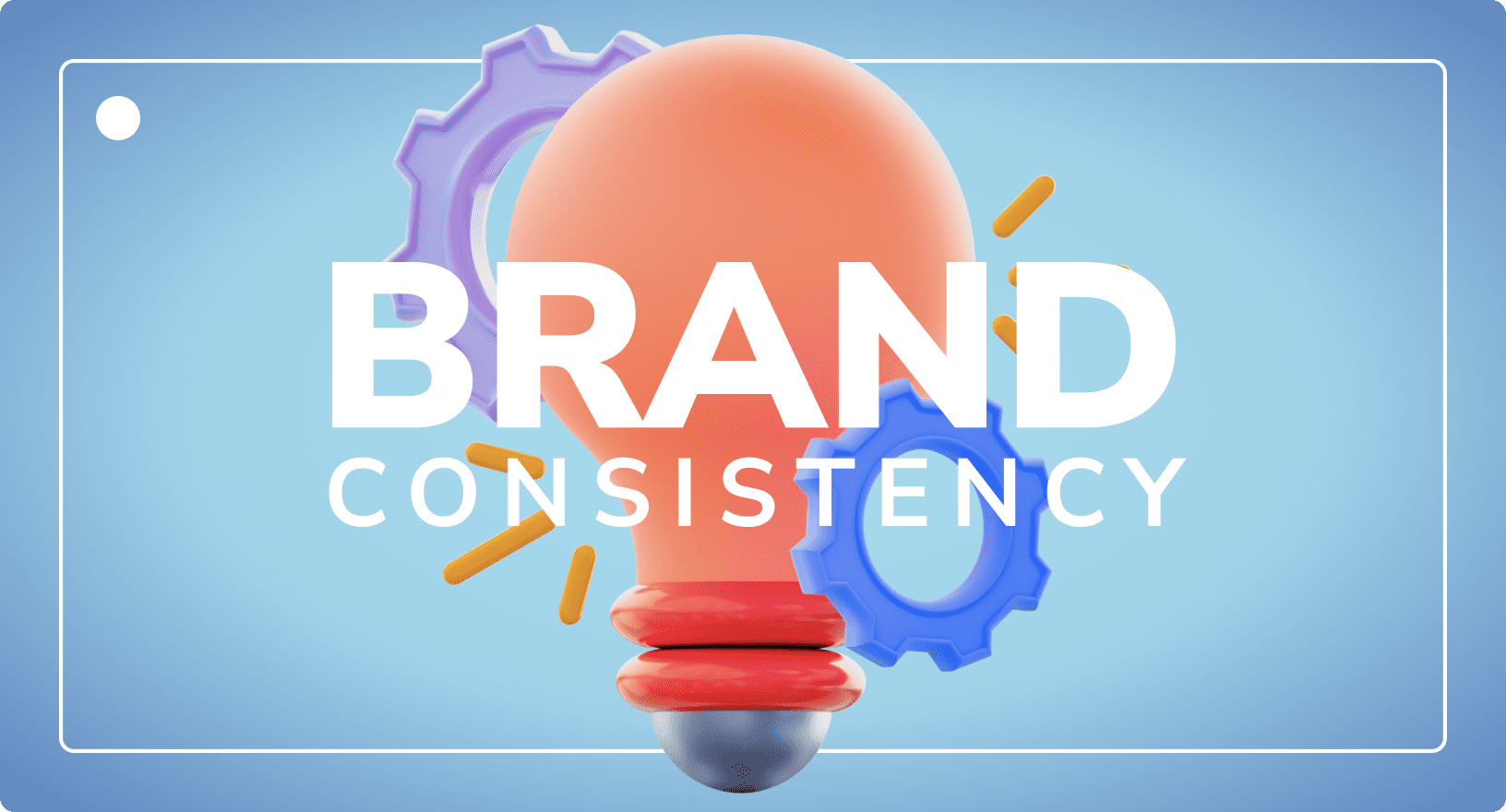Customer Experience as a Competitive Advantage in eCommerce
Digital Asset Management
Updated on February 17, 2025
Today, building a great customer experience requires deep understanding of how we research and evaluate products via digital touchpoints. Websites, comparison and review portals, social media, and other channels play a crucial part of every customer journey.
Detailed product information is available to all interested parties, making it possible to compare services more quickly without leaving your home.
A trend toward complete market transparency is developing, resulting in a shift of power from the retailer to the prospective buyer.
The information gap between supplier and customers is becoming smaller and smaller, and shoppers know better than ever what they want and where they can get it.
As a result, it is becoming increasingly difficult for brands and retailers to differentiate themselves solely on the basis of the 4Ps – product, price, place, and promotion.
To stand out from the competition, customer experiences are needed that provide additional, valuable information in the purchase decision process.
“90% of companies see expanding their customer experience as their biggest competitive advantage.”
Gartner Customer Experience Management Survey, 2019
Marketing and sales managers are faced with the challenge of always providing their customers and prospects with relevant and useful information in their customer journey – at any time, at any place.
The increasing merging of different brand contact points (website, webshop, social media, search engines, comparison and rating portals, online marketplaces, etc.) does not simplify this task.
To ensure consistent communications across channels, innovative digital media management and distribution technologies are becoming increasingly important. Brand messages must be consistent and complete to provide customers and prospects with a superior buying experience.
Furthermore, the way products are presented in different channels is important. To delight customers, their expectations must be exceeded. This is where product experience management (PXM) plays a key part in the customer journey.
How to Optimize the Online Customer Experience

E-commerce doesn’t involve personal contact, so there is no classic sales conversation. The online customer experience is different from the shopping experience in brick-and-mortar stores, where the premises, ambience, product presentation, and staff play a major role.
In eCommerce, the main question is how appealing, how clearly laid out, and how easy to use an online store is. How are products presented? Is all relevant information easy to find? How is the ordering process designed and what payment options are available?
By improving the online customer experience, prospective customers can find the right products faster and convert to buyers more quickly.
The user experience for an online store can be improved with great design and hyper-personalization. Designs and interactive elements should be created in such a way that they are always appealing, clear and user-friendly.
Specifically, this means an appropriate color scheme, readable text, meaningful product displays, eye-catching call-to-actions, an intuitive and mobile-optimized user interface, and fast page load times.
These factors must be checked and continuously optimized depending on the industry and business model. You can get insights and make data-driven marketing decisions using content intelligence tools.
In online product communication, users today expect extensive and high-resolution product images with detailed product descriptions as standard elements.
In order to exceed these expectations as a retailer and to offer additional added value, multimedia content is particularly useful. This can be, for example, 360° product presentations or even augmented reality technologies.
But short product videos are also ideal for increasing sales in eCommerce. Videos not only help users to make decisions, they also boost SEO signals, which can improve rankings. Plus, they can convey information more easily and elegantly than static text.
Keep in mind, the attention span of customers is decreasing. Product videos help to increase the time spent in the online store and to transfer the important information within the attention span.
“Product videos improve organic ranking in search results by up to 157%. Plus, 64% of users say product videos directly influence their purchase decisions.”
HubSpot’s Annual State of Marketing Report, 2020
To ensure a superior customer experience, the following efforts should be considered in product communications:
- Consistency of all customer touchpoints through adherence to corporate design and corporate identity
- Consideration of optimal media formats and file sizes to meet the requirements of specific output channels
- Avoiding media breaks and technical barriers for a seamless multichannel experience
To manage the administration, production and distribution of media content as efficiently as possible, you should rely on a digital asset management system designed to meet the requirements of e-commerce are the best solution.
Personalization through Big Data provides further clues for optimizing the customer experience in eCommerce. Data-driven solutions are used to observe, analyze, and influence the shopping behavior of customers in real time.
In this context, individual content can be played out in the store depending on needs and interests. This can be pop-ups, product suggestions or discount offers, for example.
To create this type of personalization, customer data is required. This is collected and analyzed via cookies, registration data, social media or web server log data.
But DAM software can also provide store operators with valuable insights into how users interact with their product content. KPIs (How long was a product video viewed? What interaction rates do 3D/AR models deliver? How has the add-to-cart conversion changed?) continuously optimize the content strategy.
How Customer Experiences Drive Growth
“86% of customers are willing to pay more for a good customer experience.”
Source: Oracle, Customer Experience Survey
If brands and retailers exceed customer expectations, this can contribute to greater business success in the medium to long term.
Positive customer experiences promote customer satisfaction and increase customer loyalty. As a result, cross-selling and up-selling potentials can be better exploited.
At the same time, positive customer experiences make customers more willing to pay more for a product and also to engage in referral marketing.
Retailers and brands also become more difficult to substitute for customers, which also has a positive impact on company growth in the long term.
How about some practical insights?
Experience live and without obligation how DemoUp Cliplister’s end-to-end eCommerce solutions deliver your multimedia content quickly, flexibly and in line with your brand to a wide variety of online channels, while accelerating the content creation and enrichment process.
Our content solutions are particularly suitable for brands and retailers with an extensive product and branding strategy and multiple target markets.
Better Content. More Sales.

Fill out the form to discover our end-to-end eCommerce content solutions for brands & shops




